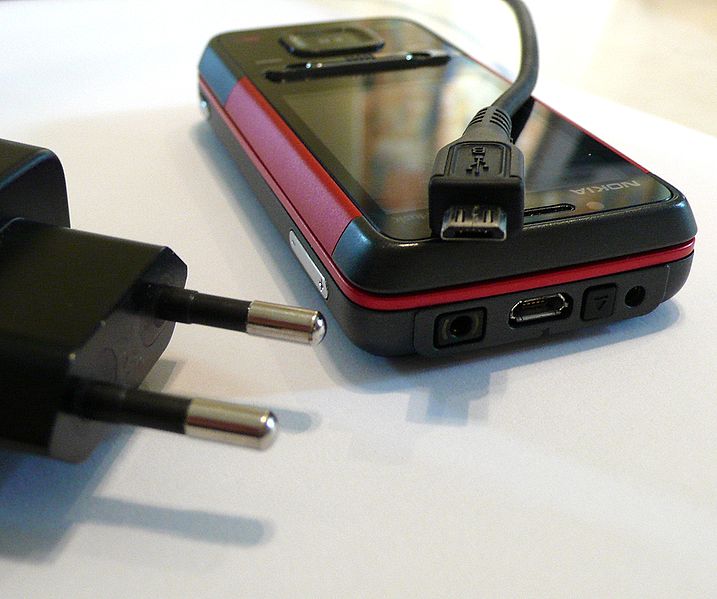
We first came across the water-propelled jetpack from JetPack International early in 2009 and since then the company has changed its name to Jetlev Technologies and teamed up with German company MS Watersports GmbH to get the machine to market.
Now the first JetLev R200 jetpacks are set to hit the water, and while it won’t let you beat traffic on your daily commute – unless your home and workplace are conveniently located along the same body of water – it does look like a whole lot of fun.
Unlike self-contained jetpack designs, such as the famous Bell Rocket Belt and the ducted-fan-driven Martin Jetpack, Jetlev has managed to keep the weight and bulk of the actual jetpack to a minimum by shifting the propulsion engine, fuel and related systems to a small autonomous boat that is tethered to the jetpack and follows the pilot around.
Not only does this design reduce the size and weight of the jetpack to greatly improve the thrust-to-weight ratio, but it also allows water supplied via the tethered supply hose to act as the jet propulsion medium. The boat unit delivers low pressure, high flow water through a 33 ft (10 m) hose to the jetpack where thrust is generated by forcing the water through the nozzles located on either side of jetpack, which the company says is much more effective than using gas as the propulsion medium.
Although the Jetlev can generate upwards of 500 lbf (2,220 N) of thrust from its four stroke 250 hp engine, the unit has been limited to a maximum thrust of 430 lbf (1,900 N). This allows the Jetlev to propel a 150 lb (68 kg) pilot to speeds of up to 22 mph (35 km/h) at heights of up to 28 ft (8.5 m) – although the unit can accommodate pilots from 4.9 to 6.5 ft (1.5 – 2 m) in height and weighing from 88 to 330 lb (40 – 150 kg). With a fuel capacity of 26 US gal (100 liters), pilots will be able to enjoy the views for about one hour at full throttle, or for around two to three hours at cruising speed.
Intended as a recreational device with holiday resorts the target market, designers say the Jetlev is as safe and easy to fly as possible. The first obvious safety feature is the limitation of using the device over water, which will provide a much softer landing than solid ground if something goes wrong. Other safety features include a 5-point quick-release harness, protective backrest and head support and inherent flotation to ensure you don’t sink like a rock while still in the drink.










